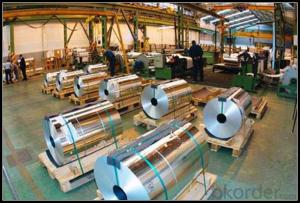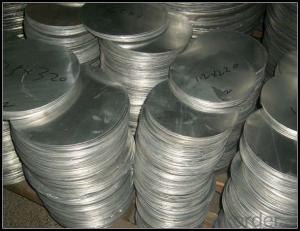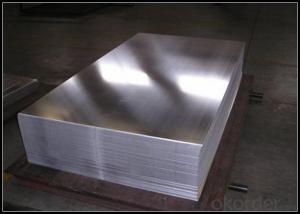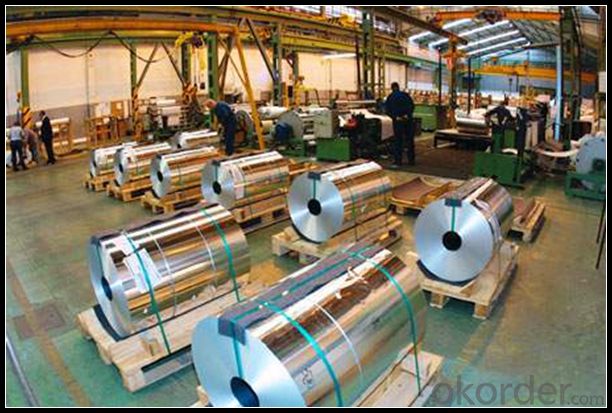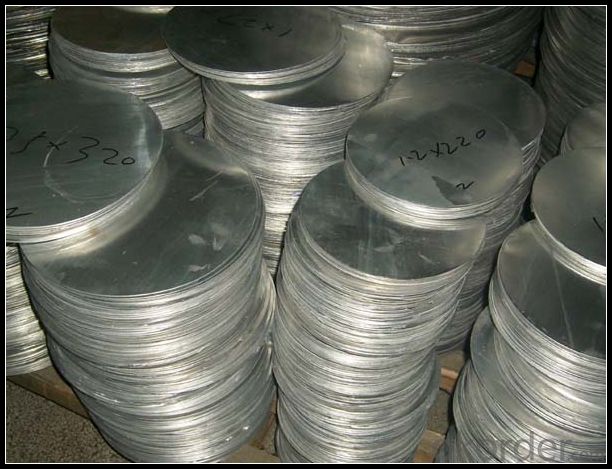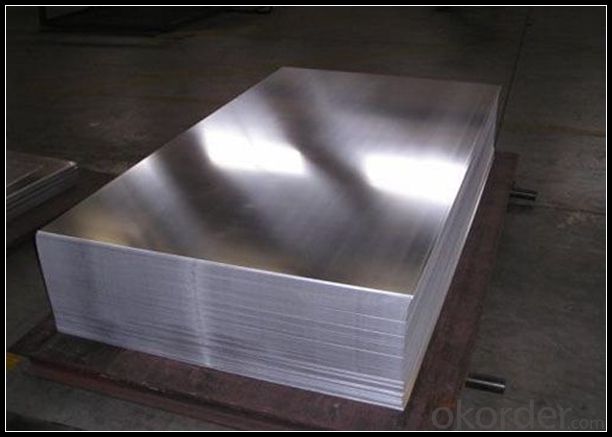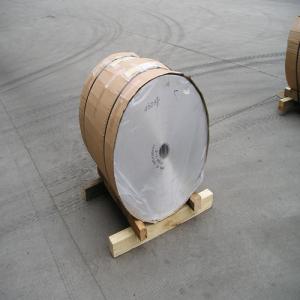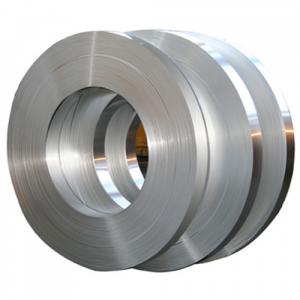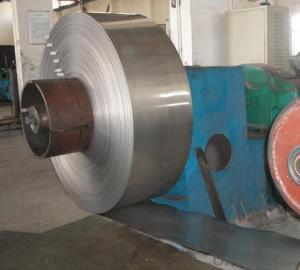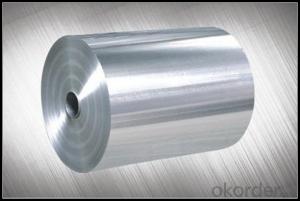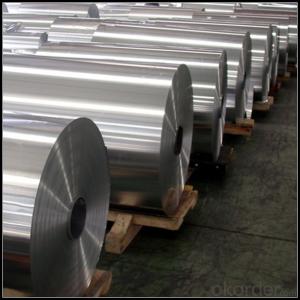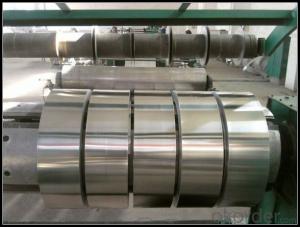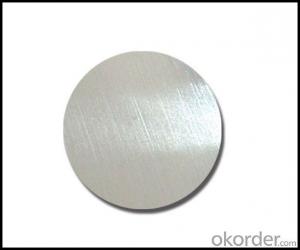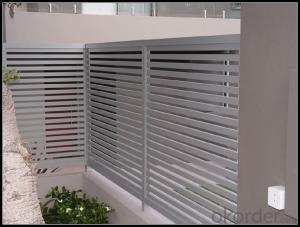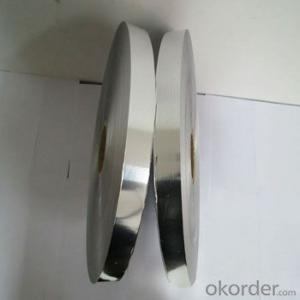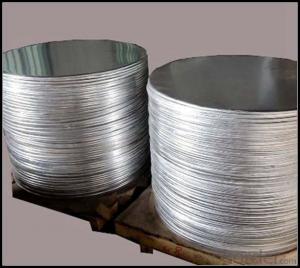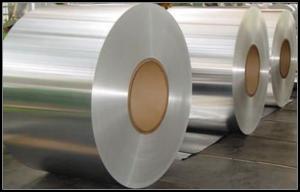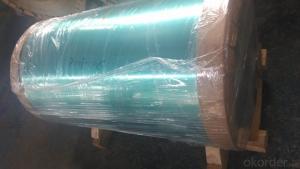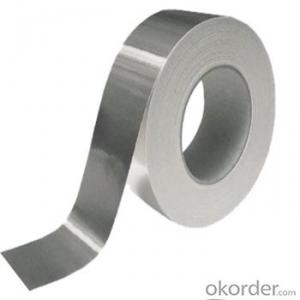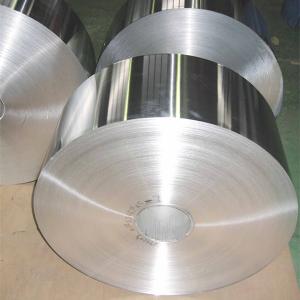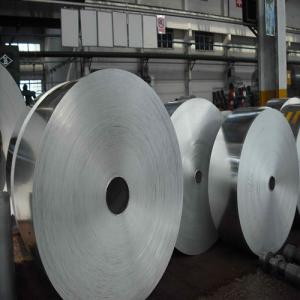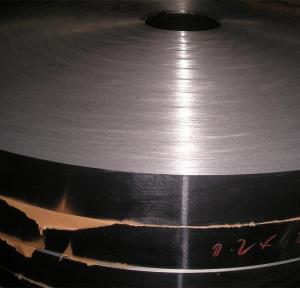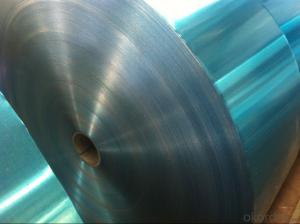High-Quality Aluminum Transition Strips for Flooring - DC or CC Material Aluminum Sheet for Building
- Loading Port:
- Tianjin
- Payment Terms:
- TT OR LC
- Min Order Qty:
- 1 m.t.
- Supply Capability:
- 4999 m.t./month
OKorder Service Pledge
OKorder Financial Service
You Might Also Like
Specification
1. Specification of Aluminum
1) Alloy | 1050, 1060,1100, 3003 3004 3105 3005 5005 5052 etc |
2) Temper | O/H12/H14/H1/H18/H32/H34/H36/H38//H111/H112/H116/H321/T6/T651/T3/T351 etc |
3) Thickness | 0.1mm to 6mm |
4) Width | 20mm to 3300mm |
5) Coil weight | 100kgs to 6 tons depends on actual requirement |
6) Core material | Aluminum alloy |
7) Coil Inner diameter | 76mm, 152mm,or as required |
2. Application of Aluminum
(1).Aluminum have been the primary material of choice for structural components of aircraft since about 1930.
(2).Exterior: wall cladding, facades, roofing, canopies, tunnels,column covers , renovations...
(3).Oil and petrochemical industries (i.e. tools for use in non-sparking environments
(3).Advertisement: display platforms, signboards, fascia, shop fronts...
3. Feature of Aluminum
Be free from Oil Stain, Dent, Inclusion, Scratches, Stain, Oxide Dicoloration, Breaks, Corrosion, Roll Marks, Dirt Streaks and other defect which will interfere with use,Natural occurrence
4. Certificate:
SGS and ROHS(if client request, paid by client), MTC(plant provided), Certificate of Origin(FORM A, FORM E, CO), Bureau Veritas and SGS (if client request, paid by client), CIQS certificate
5. Image of Aluminum
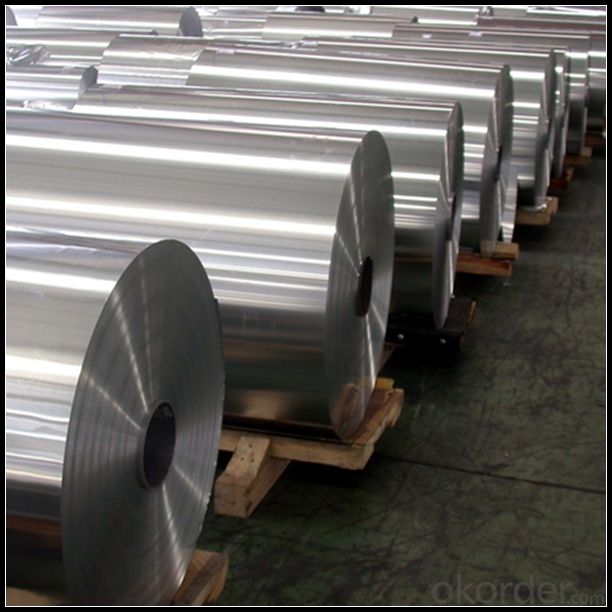
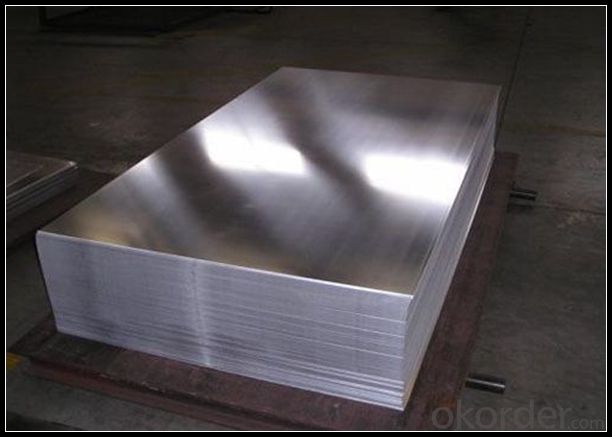
6. Our Service
1. Reply your enquiry in 24 working hours. |
2. OEM, buyer design, buyer label services provided. |
3. Exclusive and unique solution can be provide to our customer by our well traned and professional engineers and staffs. |
4. We can provide free sample for your check |
5. We have the certification of ISO 9001 |
6. Timely delivery |
7. Special discount and protection of sales area provided to our distributor. |
8. Good after-sale service. |
7. FAQ
Q: What is the produce prase? | ||||
A: Normally it would be 40days after received your deposit. | ||||
Q: Can you provide free samples? | ||||
A: Yes, free samples will be sent to you on freight at destination. | ||||
Q: Can I get your latest catalogue? | ||||
A: Yes, it will be sent to you in no time. | ||||
Q: What is the MOQ? | ||||
A: 3 tons | ||||
Q: What are your payment terms? | ||||
A: We accept L/C, D/A, D/P, T/T, West Union,etc. |
- Q: What types of aluminum are known for their high strength and resistance to wear and tear?
- <p>Yes, certain types of aluminum alloys are known for their exceptional strength and resistance to wear and tear. 7075 aluminum, for instance, is one of the strongest aluminum alloys, often used in aerospace and automotive applications due to its high strength-to-weight ratio. Another example is 6061 aluminum, which is commonly used in structural applications because of its good mechanical properties and resistance to corrosion. These alloys achieve their strength through the addition of elements like copper, magnesium, and zinc, which enhance their properties for specific industrial uses.</p>
- Q: Use of aluminium strips for aluminium strips
- 1060 requirements of corrosion resistance and formability are high, but the strength requirements are not high, chemical equipment is its typical use1100 for processing requires good formability and high corrosion resistance but is not required to have high strength parts, such as chemical products, food industry device and storage containers, sheet processing, deep drawing or spinning concave ware, welding parts, heat exchanger, printing plate, nameplate, reflective instruments3004 plates, thick plates, tensile tubes. For as long as extruded tube aluminum cans cans, requires much higher than the 3003 alloy parts, chemical products production and storage device, sheet processing, building baffle, cable conduit, sewer, various lighting components.
- Q: This question asks for a step-by-step guide on how to measure and cut an aluminum strip to fit a specific project.
- <p>To measure and cut an aluminum strip for your project, first determine the required length and width. Use a measuring tape or ruler for precise dimensions. Mark the measurements on the strip with a marker. For cutting, use a hacksaw or a metal cutting saw for straight cuts. Ensure the strip is secured in a vise or clamped to prevent movement. Cut along the marked lines, and use metal files or sandpaper to smooth any rough edges. For curved cuts, use a jigsaw with a metal cutting blade. Always wear safety goggles and gloves to protect yourself from metal shards and sharp edges.</p>
- Q: This question asks for the cost involved in the production of aluminum strips.
- <p>The cost of aluminum strip production varies significantly and depends on several factors including the cost of raw materials, energy costs, labor, machinery, and market demand. Additionally, the cost can be influenced by the scale of production, efficiency of the production process, and the specific grade or alloy of aluminum used. As of 2023, the cost of aluminum on the London Metal Exchange (LME) is a key factor, as it represents the base price for aluminum. However, to get an accurate cost for aluminum strip production, one would need to consider all these variables and possibly consult with industry-specific cost analysis or directly with aluminum producers for the most current and detailed figures.</p>
- Q: This question asks for the steps to attach aluminum strips to a wall or roof surface.
- <p>To install aluminum strips on a wall or roof, first measure and mark the area where you want to install the strips. Ensure the surface is clean and dry. Apply a suitable adhesive or use screws, depending on the type of strip and surface. Align the first strip and press firmly or secure with screws. For subsequent strips, use a spacer if needed to maintain consistent spacing. Check alignment regularly and ensure all strips are level. Seal any gaps with appropriate sealant and finish with a protective coating if required. Always follow the manufacturer's instructions for the specific product you are using.</p>
- Q: Is there any risk associated with the use of aluminum strips for roofing and siding purposes?
- <p>While aluminum strips are generally safe for roofing and siding, there are a few concerns to consider. Aluminum can expand and contract with temperature changes, which may lead to buckling or warping over time. Additionally, it is a good conductor of heat and electricity, so it may not provide the best insulation or protection against lightning strikes. Aluminum is also prone to denting and can be noisy in heavy rain or hail. However, it is lightweight, durable, and resistant to corrosion, making it a popular choice for many homeowners. Proper installation and maintenance are crucial to minimize these risks.</p>
- Q: What is the standard thickness for aluminum strip roofing materials?
- <p>The recommended thickness for aluminum strip roofing varies depending on the specific application and local building codes. Generally, aluminum strip roofing is available in thicknesses ranging from 0.018 to 0.032 inches (0.46 to 0.81 mm). For residential applications, a thickness of 0.024 to 0.028 inches (0.61 to 0.71 mm) is commonly used, while commercial buildings might require a thicker strip, around 0.032 inches (0.81 mm) for added durability and longevity. Always consult with a roofing professional or follow local building codes to determine the appropriate thickness for your specific project.</p>
- Q: Is it possible to utilize aluminum strips as decorative elements within a home?
- <p>Yes, you can use aluminum strips to make decorative accents for your home. Aluminum is a versatile material that is lightweight, durable, and resistant to corrosion. It can be used to create modern and sleek accents, such as trims, wall art, or even furniture accents. Due to its malleability, aluminum can be shaped into various designs and finishes, allowing for a wide range of decorative possibilities. Ensure that the aluminum strips are properly secured and finished to prevent any sharp edges and to maintain a polished look.</p>
- Q: Is the use of aluminum strips considered to be eco-friendly?
- <p>Aluminum strips are generally considered environmentally friendly due to their recyclability and low energy consumption in production. Aluminum is one of the most recycled materials globally, which means it can be reused multiple times without significant loss of quality. Additionally, producing aluminum from recycled materials requires only 5% of the energy needed to produce new aluminum from raw materials. However, the initial production process of aluminum is energy-intensive, so the environmental impact can be significant if recycling rates are low. Overall, aluminum strips are environmentally friendly when recycled, but the sustainability of their production depends on the balance between new production and recycling.</p>
- Q: Is it possible to use aluminum strips for the exterior walls of a building?
- <p>Yes, aluminum strips can be used for exterior walls. They are lightweight, durable, and resistant to corrosion, making them suitable for cladding and facades. Aluminum strips can also be coated with various finishes to enhance their appearance and protect against weathering. They are commonly used in modern architecture for both aesthetic and functional purposes, offering a sleek and contemporary look while providing insulation and weather protection.</p>
Send your message to us
High-Quality Aluminum Transition Strips for Flooring - DC or CC Material Aluminum Sheet for Building
- Loading Port:
- Tianjin
- Payment Terms:
- TT OR LC
- Min Order Qty:
- 1 m.t.
- Supply Capability:
- 4999 m.t./month
OKorder Service Pledge
OKorder Financial Service
Similar products
Hot products
Hot Searches
Related keywords
